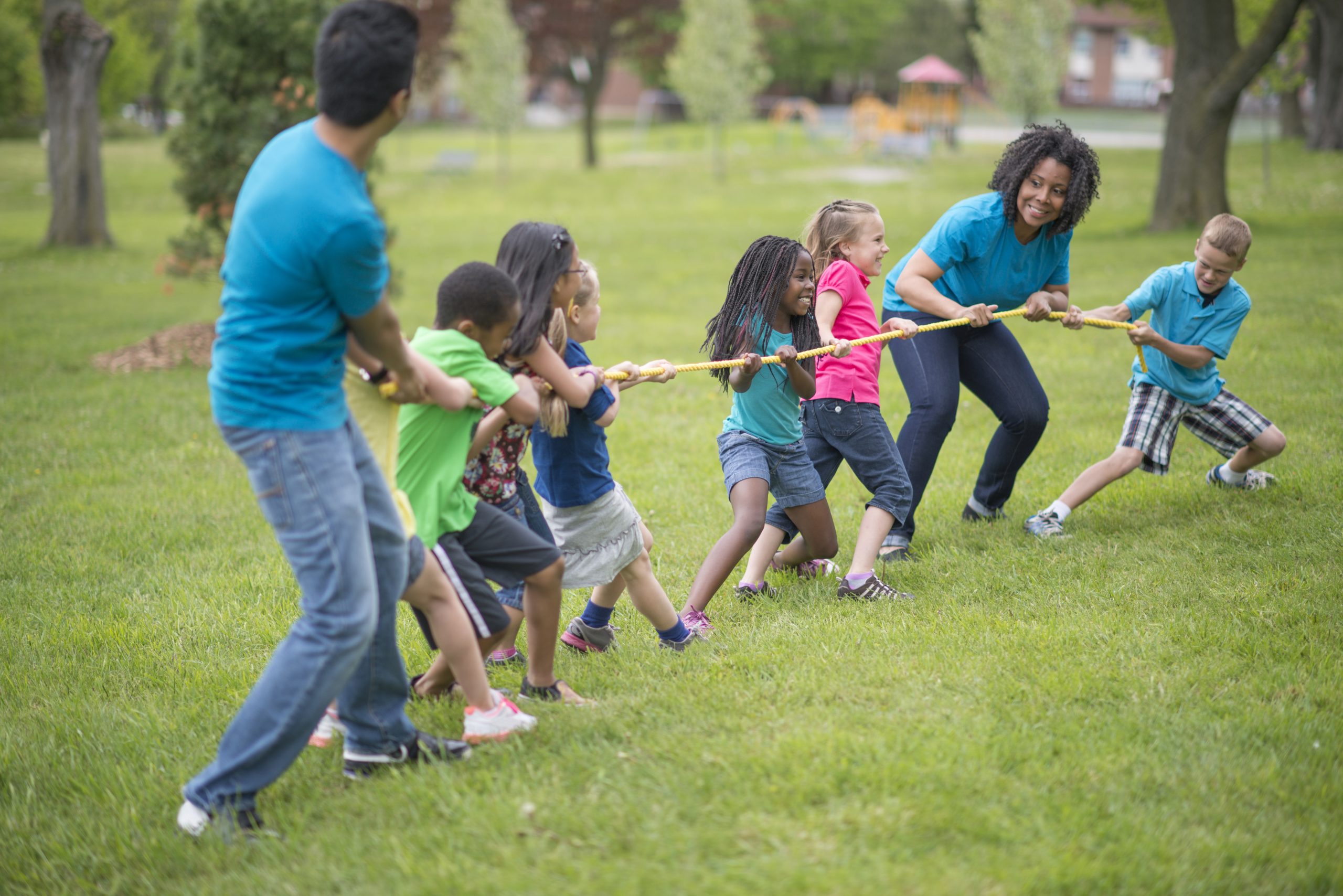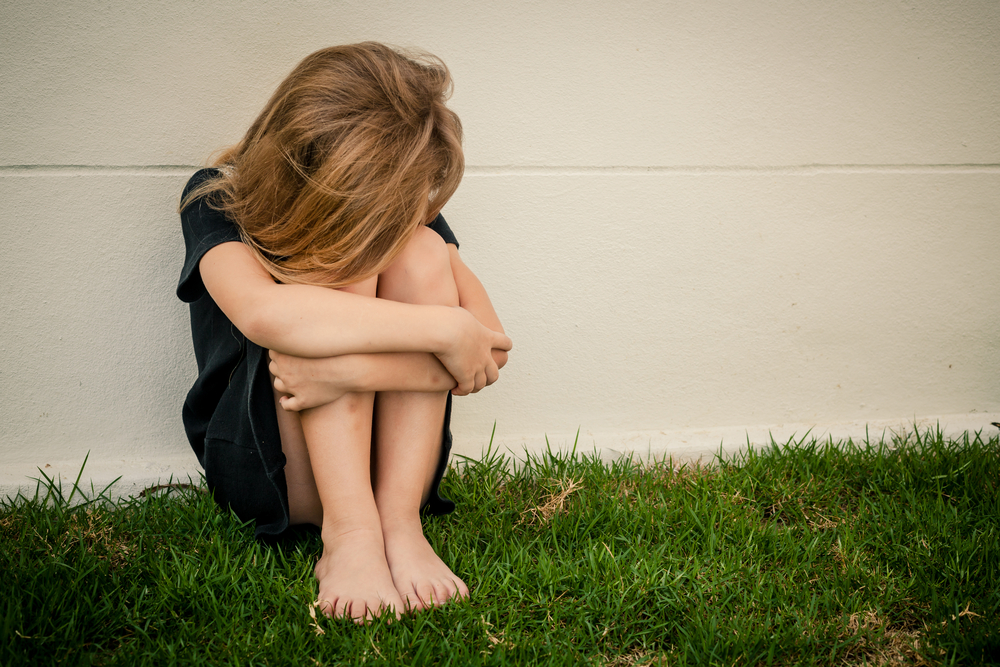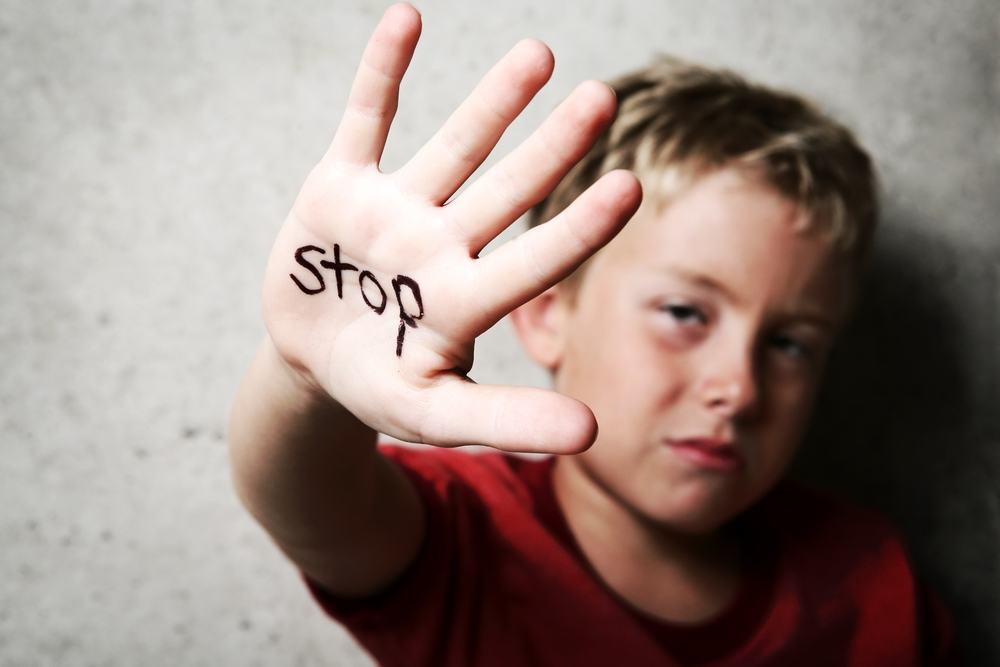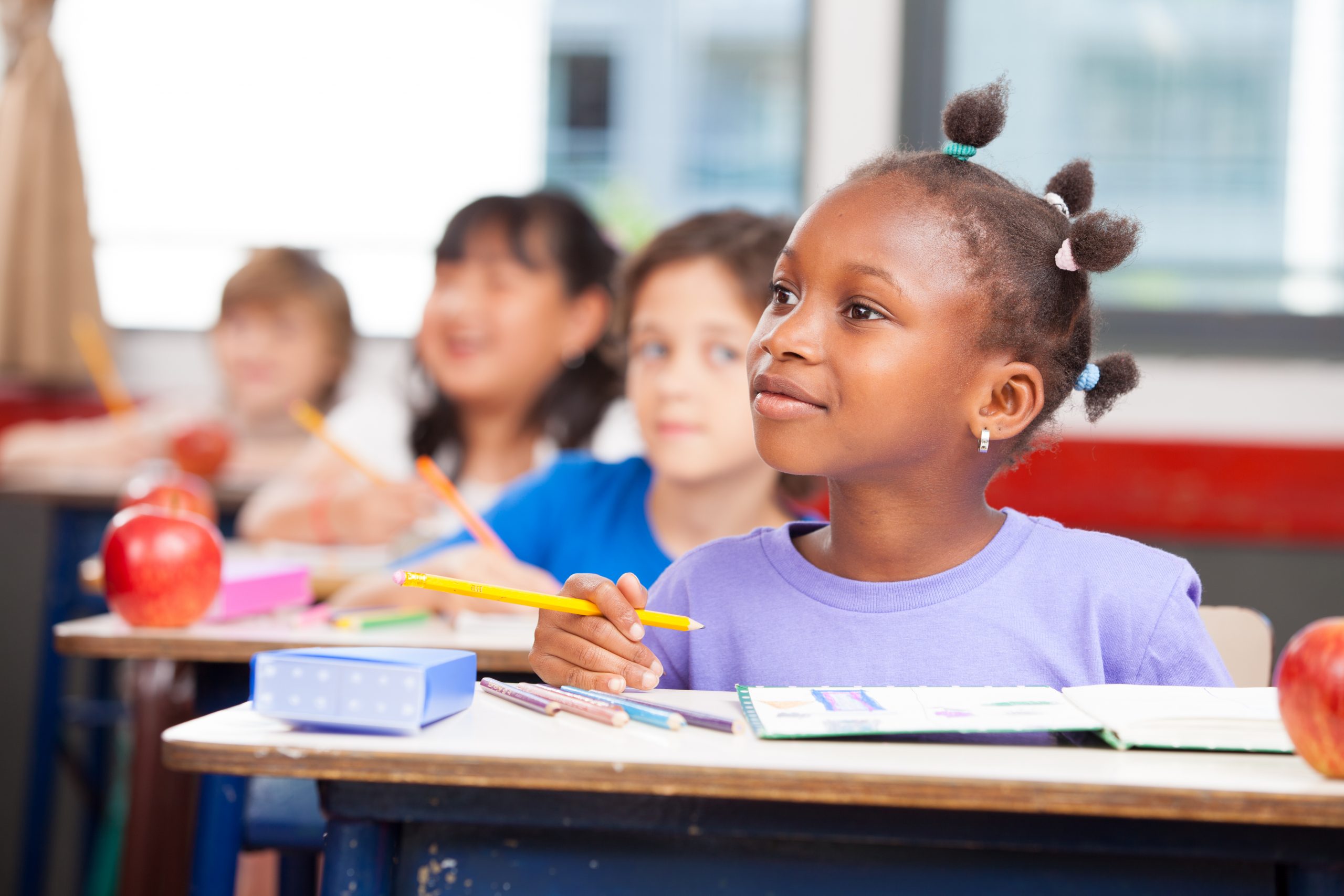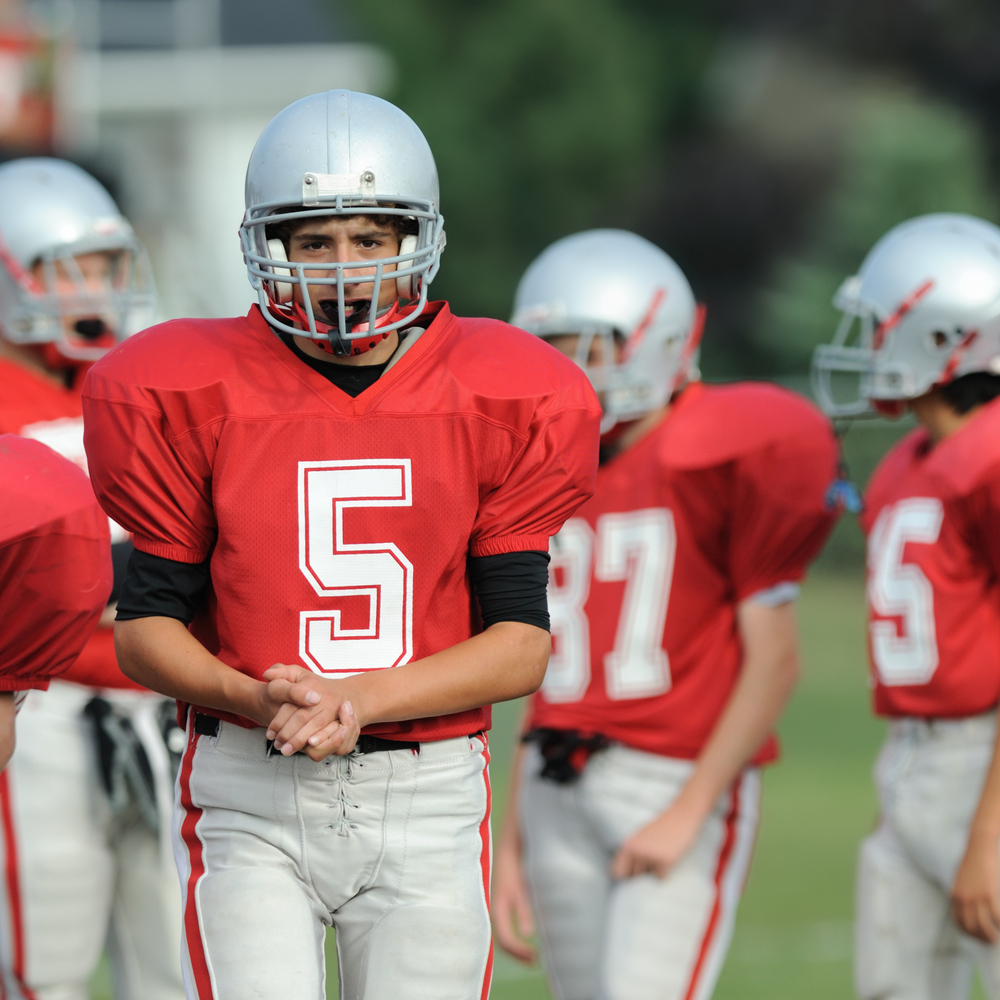
Introduction & Definition
A common rite of passage among many team sports is the initiation of new team members through, at best, bonding activities, and at worst, through a variety of activities that are considered hazing. Hazing can be defined as, “Any act against someone joining or maintaining membership to any organization that is humiliating, intimidating, or demeaning and endangers the health and/or safety of those involved” (Jeckell, Copenhaver, & Diamond, 2018). In other words, hazing is any harmful interaction that involves some component of psychological, sexual, and/or physical abuse (Jeckell et al., 2018). The willingness of the victim to participate has no bearing on whether an activity can be considered hazing or not; if there is any component of harm for the victim, the activity can be considered hazing (Jeckell et al., 2018). Hazing activities have the potential to lead to extremely dangerous physical and psychological outcomes, including death (Jeckell et al., 2018).
It is important to differentiate bullying from hazing; bullying has a goal of alienation, while hazing has a goal of initiation (Jeckell et al., 2018). Further, hazing has historically been considered a ‘team-building’ activity, so it is important to define hazing separately from team building. As defined by the National College Athletics Association (NCAA), team building activities are shared positive events that promote the values of respect, dignity, equality, and teamwork amongst teammates (Jeckell et al., 2018). The aim of team building activities is to build cohesion amongst new and existing team members, and power is evenly distributed amongst all involved (Jeckell et al., 2018). Hazing activities are characterized by negative events and an imbalance of power; existing team members hold power over new team members, who must prove themselves worthy of their place on the team and, in turn, earn the respect and dignity of their teammates (Jeckell et al., 2018). To access the graphic, click here.
Hazing is an Issue of Power
Hazing serves to reinforce a power structure where existing members of the team are able to grant or reject team membership to new members based on their ability to endure humiliating, degrading, or otherwise harmful activities (Jeckell et al., 2018). This is typically achieved through some sort of transformative hazing activity defined by a ‘destruction/creation’ cycle, where the athlete’s former identity is ‘destroyed’ and re-created to fit a new mold that is defined and accepted by the team (Jeckell et al., 2018). These destructive activities are ultimately a test of new team members to demonstrate how far they will go to be accepted as members of the team (Jeckell et al., 2018). Hazing activities all involve some level of dominance on the part of the hazer, forcing victims to experience pain, humiliation, and/or danger while demonstrating obedience and willingness to comply (Jeckell et al., 2018).
Many athletes report that they do not truly feel like members of the team until some sort of initiation activity has occurred (Jeckell et al., 2018). As such, many athletes participate in hazing in order to prove their dedication to the team, with an aim to achieve acceptance and respect (Jeckell et al., 2018). However, rather than building team cohesion, this reinforces the existing power structure and hierarchy amongst team members, creating more division and a lack of unity (Jeckell et al., 2018). Hazing always enforces an imbalanced power structure, with hazers at the top and hazees on the bottom (Jeckell et al., 2018). This ultimately keeps members divided by their various statuses (Jeckell et al., 2018).
Hazing & Sexual Misconduct by the Numbers
Jeckell et al. (2018) report that in the United States, the following groups experienced hazing:
- 47% of high schools student-athletes
- 25% report experiencing their first incident of hazing before age 13
- 34% of students performing in the arts or band
- 20% of students in other student groups
- 55% of college students who participated in clubs, teams, or other organizations (ex. fraternities or sororities)
- 80% of NCAA athletes
- 42% experienced hazing in high school
While estimates vary, between 2-48% of athletes experience some kind of sexual maltreatment/misconduct in sport (Jeckell et al., 2018).
Sensitive/Vulnerable Periods for Athletes
Aside from hazing and peer sexual abuse, athletes who participate in individual sports are particularly vulnerable to experience abuse during the period of ‘imminent achievement’, when they are on the cup of elite status (Jeckell et al., 2018). This period of time is typically characterized by both heightened levels of stress and dependence on coaching/training staff, which can leave athletes vulnerable to abuse (Jeckell et al., 2018). With their focus on achieving elite status, pre-elite athletes may be more likely to tolerate abusive behaviours in order to achieve elite status (note: this is not to say they accept or condone the behaviour) (Jeckell et al., 2018). Other athletes who are highly vulnerable to sexual abuse are those who specialize at a younger age, especially around puberty (Jeckell et al., 2018).
Risk Factors for Hazing
Individuals who are at risk of experiencing hazing include elite athletes, children, LGBTQ+ athletes, athletes with disabilities, and athletes with a lower grade point average (Jeckell et al., 2018).
Teams who are at a higher risk of experiencing/initiating hazing typically have athletes who deny or fail to recognize the authority of the coaching staff, have unsupervised team areas or locker rooms, and have a balance of power shifted towards masculine authority (Jeckell et al., 2018). However, there is no known risk for hazing associated with any one sport or sport-specific factors, including the levels of physical contact involved or uniform coverage (Jeckell et al., 2018).
Hazing is most harmful when the intent is to marginalize individuals; for example, when hazing occurs at an inter-team level, where elite athletes (ex. Junior hockey players) haze pre-elite athletes (ex. Midget hockey players) (Jeckell et al., 2018).
Sexualized Hazing
Hazing can be considered sexualized when the harmful incident includes a verbal, non-verbal and/or physically sexualized component (Jeckell et al., 2018). Sexual abuse goes beyond hazing and involves a sexualized act that exploits or entraps the victim, occurring without their consent (Jeckell et al., 2018). When sexual abuse is perpetrated by multiple people at once (i.e. gang rape/sexual assault), abusers aim to manifest status, hostility, control, and dominance (Jeckell et al., 2018). This, in part, is why sexualized hazing and peer sexual abuse occurs in cycles, where victims then become the abusers (Jeckell et al., 2018). The victim or other participants (passive or active) may view enacting the same abuses they endured onto others as the only way to demonstrate or re-establish their own status (Jeckell et al., 2018).
Peer Sexual Abuse & Hyper/Toxic Masculinity
Peer sexual abuse, along with other forms of abuse, often stems from a need to demonstrate power and rank, in part stemming from the stereotypical expectations of athletes in Western culture to demonstrate masculinity (Jeckell et al., 2018). This is shown through many depictions of athletes in the media and popular culture, where the most masculine athletes (of any gender) are viewed as the most powerful (Jeckell et al, 2018). When peer sexual abuse and sexualized hazing occurs, the intent is to demasculinize the victim and hyper-masculinize the perpetrator (Jeckell et al., 2018).
It is important to note that hazing can occur across all genders, and sexualized hazing can also occur amongst teams of female athletes. The toxic, hypermasculine ideologies involving a need for power and dominance that exist in society are often amplified in sport and can be held by athletes of any gender, in part due to the expectations and stereotypes of athletes as strong and powerful.
Impact of Hazing & Peer Sexual Abuse
Psychological Impacts
While a study of collegiate hazing found that students who participated experienced positive benefits, including feeling like part of the team, accomplished, and stronger, the evidence overwhelmingly points to the negative short- and long-term psychological effects of hazing (Jeckell et al., 2018). Multiple studies have found that victims of hazing are more likely to develop mental illnesses and symptoms, including depression, anxiety, post-traumatic stress disorder, and eating disorders (Jeckell et al., 2018).
Physical Impacts
Hazing has resulted in numerous injuries, deaths and suicides (Jeckell et al., 2018). Sexualized hazing and peer sexual abuse also put victims at a higher risk of contracting sexually transmitted illnesses, suffering from lifelong injuries that can result in health complications, and even death (Jeckell et al., 2018)
Impacts on the Team
Research from college athletes shows that experiencing hazing led to lower levels of task cohesiveness, attraction and integration; simplified, experiencing hazing leads to lower levels of teamwork and ability to focus and build on tasks (Jeckell et al., 2018). Further, hazing was unrelated to social attraction and team cohesiveness, aside from cohesiveness around the ‘code of silence’ that plagues hazing and other abuses in sport (Jeckell et al., 2018). To access the table, click here.
What Prevents Disclosure?
Research has found that many athletes who have experienced activities that constitute hazing are unlikely or unwilling to identify these events as hazing (Jeckell et al., 2018). A survey of NCAA athletes found that while 80% of athletes reported experiencing events that are considered hazing, only 12% report being hazed (Jeckell et al., 2018). Further, between 60-90% of athletes who experienced hazing explicitly stated that they would not consider reporting the event (Jeckell et al., 2018). This also shows that hazing may be normalized as a regular part of sport culture, where these harmful activities are viewed as good for the team (Jeckell et al., 2018).
Common reasons for not reporting hazing included loyalty to teammates, being unsure of who to trust (ex. coaching staff or other authority figures) with disclosure, hazing behaviour being viewed as normal, or the perception that they willingly chose to participate in being hazed (Jeckell et al., 2018). Further, many college athletes hold positive views of hazing, are unable to recognize that it has taken place, or fear retaliation from teammates for speaking out (Jeckell et al., 2018). All of these reasons exist within and stem from a sporting culture that has created a ‘code of silence’ around abuse and harassment (Jeckell et al., 2018).
Institutions Protect Abusers & Their Own Reputations/Chances for Sporting Success
There is a trend in sports-related hazing for institutions to protect the abuser(s), often going to great lengths to cover up incidents and reports of hazing and abuse (Jeckell et al., 2018). There are many factors that contribute to this. Abusers are often senior, elite athletes who have demonstrated their ability to bring the institution success through sport, bringing the school positive attention in the general public and the media (Jeckell et al., 2018). The institution often protects the perpetrator to avoid negative media/public attention, or to ensure the immediate success or long-term future of the team (Jeckell et al., 2018). Further, for a coach, administrator, or another member of the institution to accept that hazing or abuse has occurred amongst athletes for whom they are responsible, they themselves must accept some level of responsibility (Jeckell et al., 2018). In order to protect their reputations and avoid accepting liability publicly, many institutions will deny that hazing or abuse has occurred and encourage victims to move forward without any sort of resolution or deal with the issue behind closed doors (Jeckell et al., 2018).
Victims are Blamed, Within & Outside of Sport
Widespread societal myths around sexual assault and abuse are also applied to sexualized hazing and peer sexual abuse in sport (Jeckell et al., 2018). Many mistakenly believe that ‘real rape’ only occurs outside at night, when a stranger overpowers a victim with physical force (Jeckell et al., 2018). When sexual assault or rape does occur in the context of sport (for example, in private homes, team areas, or the locker room) many view this as consensual, innocent, or occurring without harmful intent (Jeckell et al., 2018). This myth is not only inaccurate but incredibly dangerous when it comes to victims being believed when they disclose and can disrupt their efforts to seek support and justice (Jeckell et al., 2018).
Victims are also blamed depending on the level of closeness they have with their abuser, another harmful myth that creates an expectation for victims to act or behave in a certain way towards those who have harmed them (Jeckell et al., 2018). Research has shown that the closer the victim and the abuser are, the less likely other individuals, including authority figures, are to blame the abuser (Jeckell et al., 2018). It can also lead these individuals to believe the abuse/hazing was less harmful to the victim (Jeckell et al., 2018). This is especially dangerous in team sports, where athletes spend a lot of time together and develop close relationships (Jeckell et al., 2018).
The normalization of hazing in sport culture may also lead to authority figures viewing victims who report instances of hazing to be going against the team and ‘making trouble’ (Jeckell et al., 2018). Further, authority figures who view hazing as normal or even beneficial for the team may also believe the victim willingly participated in the hazing and should be punished along with the perpetrators, ignoring the imbalance of power wielded by hazers and a lack of true consent to participate from hazees (Jeckell et al., 2018).
What to Do When Hazing Occurs
The Initial Conversation/Disclosure
If an athlete discloses that they have experienced hazing or peer sexual abuse, open dialogue should be encouraged; this means using active, empathetic listening and avoiding suggestive, directing, or leading questions (Jeckell et al., 2018). The conversation should ideally occur in a confidential environment where the athlete feels safe and free to openly discuss what they have experienced (Jeckell et al., 2018). The person receiving the disclosure should not express negative feelings towards the abuser/hazer; instead, a neutral tone should be maintained and the focus should be on the victim/hazee (Jeckell et al., 2018). Most importantly, letting the victim know that you believe them, emphasizing that what they experienced is not their fault and not acceptable, and commending their courage to come forward can have a long-lasting positive impact (Jeckell et al., 2018). Each situation should be treated individually and emotional and psychological support, as well as medical services, should be offered to the victim depending on their needs (Jeckell et al., 2018).
Mandatory Reporting
Any individual with an athlete in their care or who is involved with the team in any way who is aware that abuse has occurred is obligated to report this to the appropriate authorities as soon as possible (Jeckell et al., 2018). Delayed reporting and attempts to solely handle the disclosure internally can not only amount to negligence and a breach of mandatory reporting, but may also empower the perpetrators and increase the distress and harm for the victim (Jeckell et al., 2018).
Prevention Through Education & Policy
The first step to preventing hazing is a clear, zero-tolerance policy adhered to by the governing sport organization, all team staff, coaches, and the athletes themselves (Jeckell et al., 2018). This policy should clearly define the difference between team building and hazing activities, and team staff should be trained to recognize the physical and emotional warning signs that may be associated with hazing (Jeckell et al., 2018). A clear, reliable reporting system should be recognized and understood by all athletes, team staff and the organization (Jeckell et al., 2018). Consistent and proportionate disciplinary action should be taken against hazers, both to encourage future disclosures and to help prevent repeat offenders (Jeckell et al., 2018).
References:
Jeckell, A. S., Copenhaver, E. A., & Diamond, A. B. (2018). The spectrum of hazing and peer sexual abuse in sports: A current perspective. Sports health, 10(6), 558-564.


